United States invades Grenada 1983
Cold War
A number of Americans were skeptical of Reagan’s defense of the invasion, noting that it took place just days after a disastrous explosion in a U.S. military installation in Lebanon killed over 240 U.S. troops, calling into question the use of military force to achieve U.S. goals. Nevertheless, the Reagan administration claimed a great victory, calling it the first “rollback” of communist influence since the beginning of the Cold War.
Operation Urgent Fury: The 1983 US Invasion of Grenada
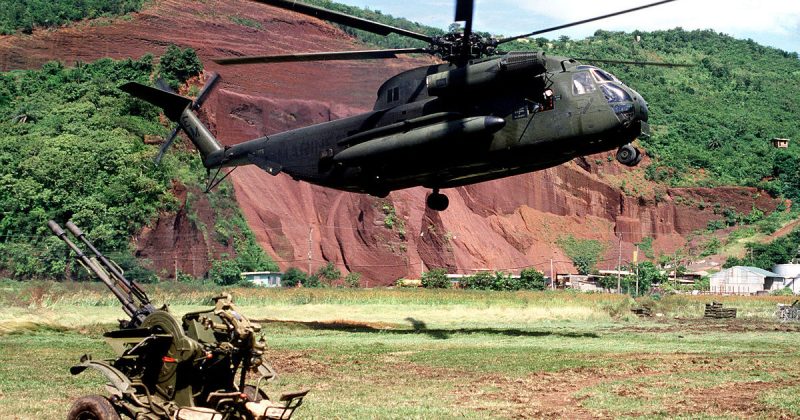
In 1983, the Cold War was rather hot: Ronald Reagan was elected President of the United States and the relations between East and West deteriorated. In 1983, the world once again felt the fear of an all-out nuclear war, like during the Cuban Missile Crisis in 1962.
Reagan emphasized the rise and of the influence of the Soviet-Cuban alliance, as numerous left-wing guerilla groups and military coups began to appear all over Latin America and the Caribean. On 25th of October 1983, the US together with its allies from the Eastern Caribbean Defense Force invaded Grenada, in the response of the coup d’etat that occurred only nine days earlier.
The situation was boiling, as the invasion of Grenada took place only two days after the 1983 Beirut Barracks Bombing which claimed the lives of 220 US Marines, 18 sailors, and three soldiers. The attack was conducted on the Lebanese joint peacekeeping force and resulted in an additional death of 58 French paratroopers and six civilians. But first, what is the background of the small island state in the Caribbean that led to the invasion?
The New Jewel Movement managed to oust Gairy from his position and establish a government led by Maurice Bishop in 1979. But a lot of scores were left unsettled. In 1983 a political fraction within the New Jewel Movement organized the murder of Bishop. His deputy, Bernard Coard assumed the role of the Prime Minister.
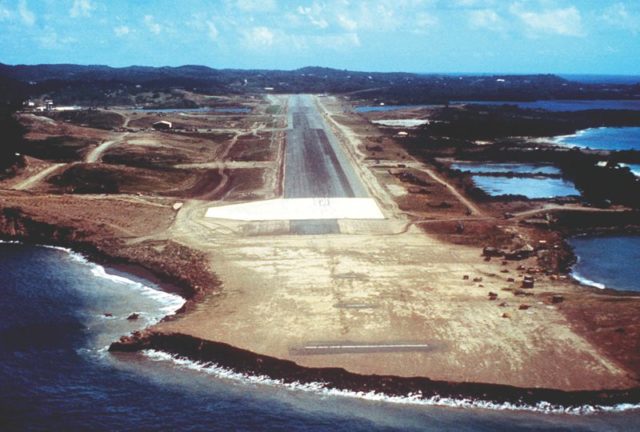
The US reacted with a military intervention, at the request of the Organization of Eastern Caribbean States (OECS), as well as the nations of Barbados and Jamaica. It became apparent that a dangerous power struggle was happening in America’s backyard, and the US couldn’t afford another Cuba.
The US justified the invasion through a series of arguments, even though the United Nations, Canada, and Great Britain saw the action as an unprecedented violation of international law. The main reason for the dispute was the way the US justified their decision to invade. The United Kingdom and Canada had contributed to the construction of an airport in Grenada, the Point Salines International Airport, which the United States considered being a cover for a Soviet-Cuban airstrip.
This claim was fueled by the fact that Cuban workers and engineers were involved in the construction. Earlier in 1983, a fact-finding mission was conducted by then-member of the US House of Representatives Ron Dellums, who concluded that the airfield was made exclusively for commercial purposes and that there was no hidden military agenda behind it.

Despite the objections, the US continued with their plan. Ronald Reagan garnered his support in the 1980s by warning the public of the “Soviet-Cuban militarization of the Caribbean” and gave the invasion a sense of global significance, as he was convinced that the airfield was indeed a Soviet forward base for the future invasion of the continental United States.
Navy SEAL teams were already on the ground two days before the invasion, gathering intelligence. Due to stormy weather four SEAL operatives drowned before reaching dry land. The others were forced to abort their mission with very limited information on enemy positions.
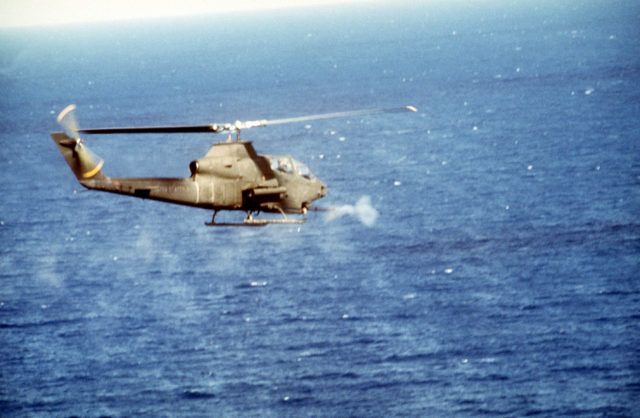
On the first day of the invasion, the US forces ran into moderate resistance which included DShK machine gun fire, ZU-23 anti-aircraft guns and BTR-60 APC-s, together with small arms fire by Cuban and Grenadian soldiers. Besides from Cuban military presence, evidence exists that confirms that elements of Soviet, Bulgarian, East German, North Korean and Libyan armies were involved in the conflict.
The main objectives of the US-led coalition were securing the 233 US students who were in Grenada at the time and liberating Governer General Paul Scoon who was an American-backed politician under house arrest in Grenada. His mansion was besieged by US forces and after a small skirmish with the Grenadian Army, he was evacuated together with his family.
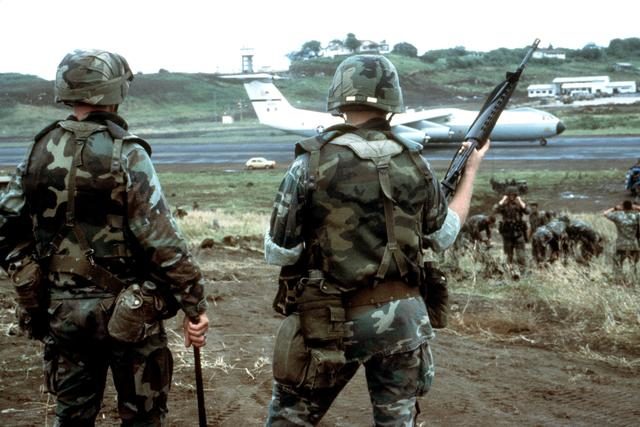
The US students were also successfully evacuated from the Grand Anse campus, after facing light resistance. Additional 20 students would be rescued on the third day of the invasion.
By 27th of October, there was practically no resistance on the island whatsoever. The coalition forces continued to sweep the island, cautiously seizing it, bit by bit. There were several cases of friendly fire reported during the operation. An A-7 airstrike called by an Air-Naval Gunfire Liaison team accidentally hit the command post of the 2nd Brigade at Grand Anse, wounding 17 troops, one of whom died of wounds.
Another case of friendly fire happened after a Blackhawk crashed-landed during a drop. Two helicopters behind it collided with it, killing three and wounding four US servicemen. In total, there were 19 US soldiers dead and 116 wounded. This was the first time the UH-60A Black Hawk helicopters were used in combat.
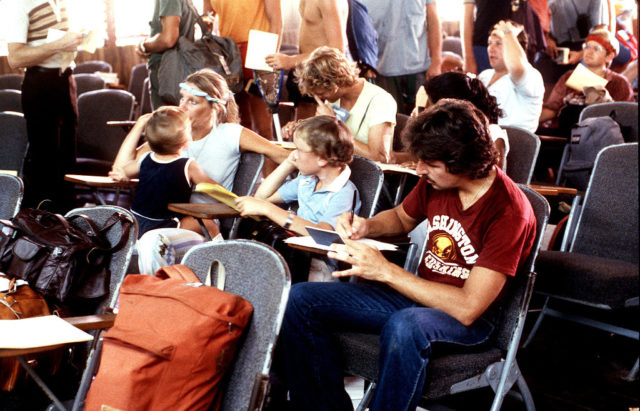
Besides from military casualties, 24 civilians lost their lives during the invasion, 18 of them after the US Air Force bombed a Grenadian mental hospital by mistake.
Even though the invasion proved to be a solid demonstration of power, these incidents highlighted the lack of efficient strategic planning and flawed intelligence in the US Army.
Following the US victory, the American and Caribbean governments quickly reaffirmed Queen Elizabeth II as Grenada’s lawful ruler and recognized Governor General Paul Scoon as her only lawful representative in Grenada.
